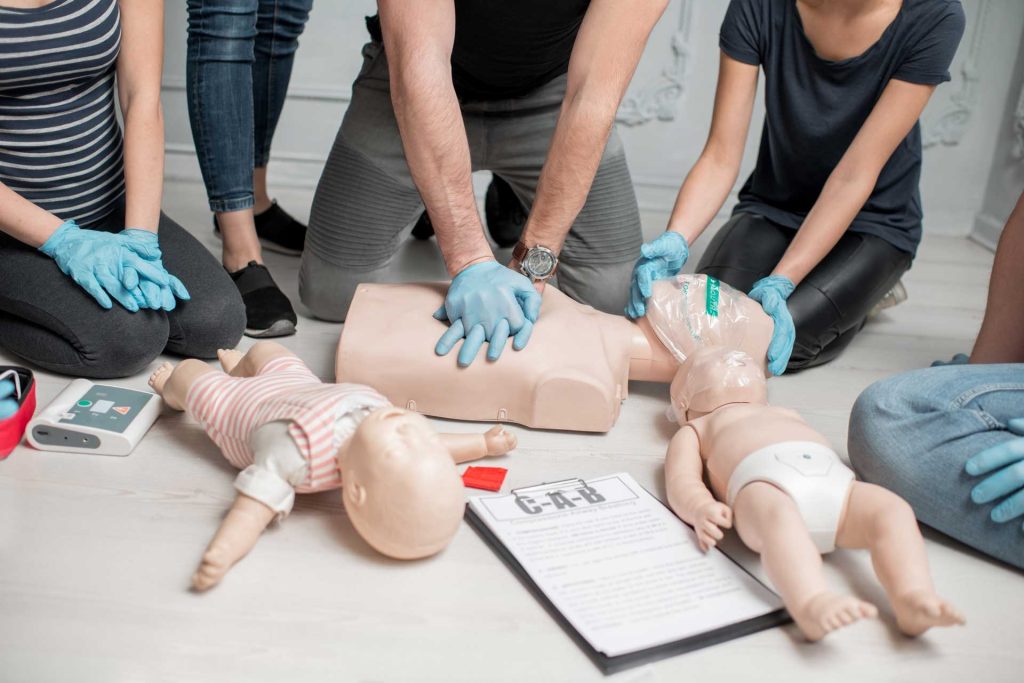How Ethical Hacking Courses Train You to Detect and Fix Security Vulnerabilities
In today’s digital age, cybersecurity threats are on the rise, making ethical hacking a crucial skill for professionals who want to safeguard systems against malicious attacks. Ethical hacking courses are designed to equip individuals with the necessary skills to detect and fix security vulnerabilities before they can be exploited by cybercriminals. These courses provide a structured learning approach, covering theoretical knowledge and practical applications that help students develop a hacker’s mindset to think like an attacker while acting as a defender. One of the primary aspects of ethical hacking training is vulnerability assessment, where learners are taught to identify weaknesses in networks, software, and hardware. By understanding how vulnerabilities are exploited, ethical hackers can proactively patch them before they become security risks. Courses often include hands-on exercises that allow students to simulate real-world attacks in controlled environments, enhancing their problem-solving skills and technical expertise. Another crucial component of ethical hacking courses is penetration testing, which involves simulating cyberattacks to evaluate the security of an organization’s infrastructure.

Students learn different penetration testing methodologies, including reconnaissance, scanning, gaining access, maintaining access, and covering tracks. This hands-on experience helps future security professionals understand how attackers think and act, enabling them to build stronger defenses. Ethical hacking courses also emphasize cryptography and secure coding practices. Cryptography helps protect sensitive data through encryption techniques, ensuring that information remains confidential and secure. Students learn about different encryption algorithms, digital signatures, and secure communication protocols that prevent unauthorized access. Secure coding, on the other hand, focuses on writing software that is resistant to cyberattacks by following best practices such as input validation, proper authentication, and avoiding common vulnerabilities like SQL injection and cross-site scripting XSS. By mastering these skills, ethical hackers can contribute to developing more secure applications and systems. Apart from technical skills, ethical hacking courses also cover legal and ethical considerations. Since ethical hacking involves testing security measures, professionals must adhere to strict ethical guidelines and legal frameworks.
Learners are educated on cybersecurity laws, compliance requirements, and the importance of obtaining permission before conducting security assessments. Understanding these legal aspects ensures that ethical hackers operate within the boundaries of the law while protecting organizations from cyber threats. Moreover, ethical hacking courses prepare individuals for industry-recognized certifications such as Certified Ethical Hacker CEH, Offensive Security Certified Professional OSCP, and GIAC Penetration Tester GPEN. These certifications validate an individual’s expertise in ethical hacking and improve their career prospects in cybersecurity. Many courses provide mock exams, practice tests, and real-world case studies to help students gain confidence and succeed in certification exams. The corso ethical hacking plays a vital role in training professionals to detect and fix security vulnerabilities. By combining theoretical knowledge with practical hands-on experience, these courses help learners develop the skills necessary to safeguard organizations against cyber threats. Whether through vulnerability assessment, penetration testing, cryptography, or secure coding, ethical hackers play a crucial role in strengthening cybersecurity and ensuring a safer digital landscape.


